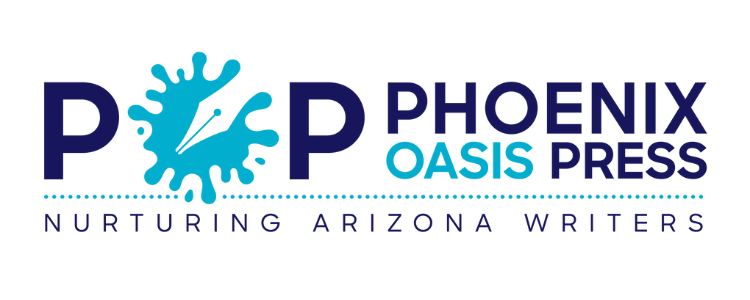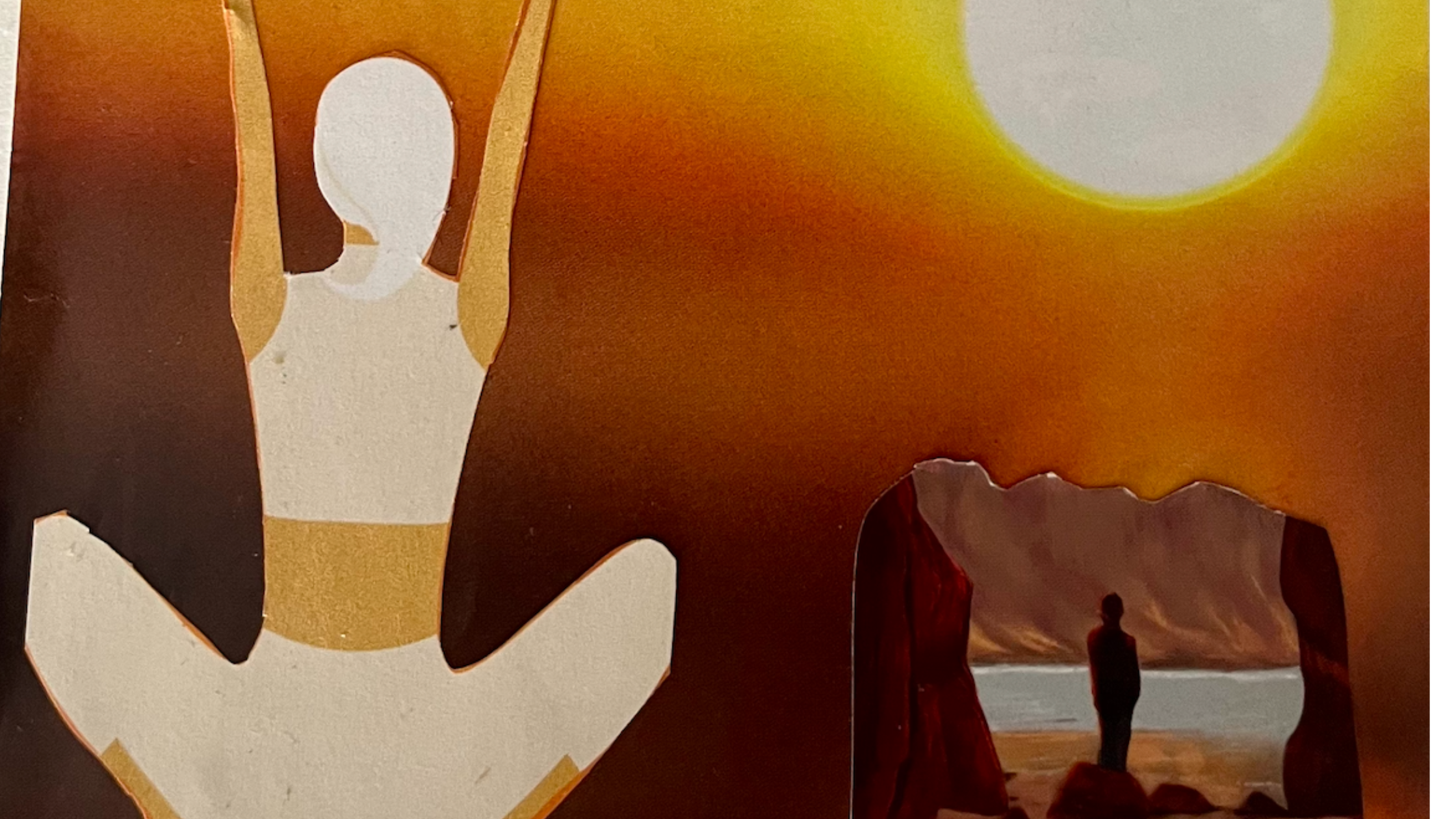Creative freedom and constraints
Collage created by Leslie Cox as part of a writing workshop on constraints.
Written by Leslie Cox
Constraints, by their nature, are things that limit or restrict us. But what if I told you, dear writer, that the right constraints at the right time can help you narrow your focus, write clearly, and free your imagination? Think about how often you sit and stare at a blank page, wondering if the words will ever come. Constraints can often help you get started – and take you in new directions you might never have traveled.
Writing Constraints, Explained
Writing constraints run the gamut from word count limitations to imposed time limits to the use of pre-assigned words and genres. Take NYC Midnight, for example. At NYC Midnight, fiction writers can register for challenges where they are randomly assigned a genre and word count and then have a set number of days or hours to craft a full story within a set time frame.
Example: Write a 250-word sci-fi story using the action milking a cow.
The Worst Constraints Hold Us Back
Irish novelist and poet James Joyce was well known for his stream of consciousness literary style. Joyce wrote down all of his thoughts and feelings on paper as they came to mind, without checking for grammar, punctuating, or editing. Just writing, no editing. Read that again: Just writing, no editing.
It can be a hard habit to get into, because many of us have become so accustomed to needing things to be perfect from the start. Writing without editing gets your creative juices flowing and lets your subconscious take over. Down there, sometimes hidden under a lot of layers, ideas live.
Pro Tip: Editing as you write means you’ve actually given yourself the MOST CHALLENGING constraint ever – perfection.
The Best Constraints Inspire Us
I recently attended Kimberly Lee’s “Free Your Creativity By Writing With Constraints” hosted by WOW! Women on Writing. I've taken a lot of writing workshops, but this is the first that included writing with constraints. I was surprised by just how freeing it was. Writing with constraints can:
free the mind to expand on ideas
help narrow focus
take you out of your comfort zone
5 Writing Constraints to Try
Here are five examples instructor Kimberly Lee gave in class. I added in a ‘type’ for each constraint, as I saw it. If you try one of these a week, you’ll spend more than a month using constraints!
Location constraint: Write a scene at the beach. Begin with: “I spent my summers at the beach.” DO NOT use typical beach words like sand, waves, sun, ocean, water, surf.
Letter constraint: List the alphabet vertically. Now write a full scene using each letter to begin a new sentence or continue a sentence.
Number constraint: Begin with: “The alarm went off.” Continue the scene using the same number in every sentence. Sentence length can vary.
Fun Fact! I misunderstood the instructions and wrote a scene using the same number of words in every sentence, and that worked too!
Word constraint: Take six unassociated words. Write a character sketch, scene, or story that uses all six words.
Resource for you! Download this random word list. Print it out, cut the list into squares, drop them into a container, and voilà: instant inspiration.
Image & prompt constraint: Start this one with a prompt or statement. Ours was “I am one who.” Then, cut out images from magazines that speak to you in terms of the prompt. Next, find a 5” x 8” piece of cardstock (no larger!). Look through the images you cut out and select a meaningful one for your background. Attach with glue. Next, add 2 to 4 images of people, objects, animals, etc., that help tell your story. All of this needs to happen in 20 minutes, no pressure! Now, write from the collage image you’ve created.
Find more of Kimberly’s ideas for writing with constraints on Instagram @klcreatrix.
The Final Product of a Constraint
Here’s what I created based on the ‘Image & prompt constraint’ explained above in #5.
A tiny bird, intrepid in her struggle for truth and freedom, she takes on the world from a single small branch, her talons holding fast until she's ready to fly. I am one who had always been small. Surrounded by walls and canyons, with only a narrow window into the world. Enclosed in darkness, my feet buried in sand, with only my mind to wander. Finding strength, I reached up, looked into the distance, discovered the light, and found my peace.
Ready to try it yourself?
Free Yourself with Constraints
The next time you’re facing a blank page wondering if the words will ever come, try adding in a constraint. The words that flow just may surprise you.
ABOUT LESLIE COX
Leslie Cox writes personal essay and memoir, having published in: “Beyond Boundaries: Tales of Transcendence” from Phoenix Oasis Press; Pure Slush Anthology: “Love, Lifespan;” The Silent World in Her Vase; Ariel Publishing; Women on Writing; Humans of the World; Lady Unemployed; and HCPro (trade articles and guidebook for health care professionals).



